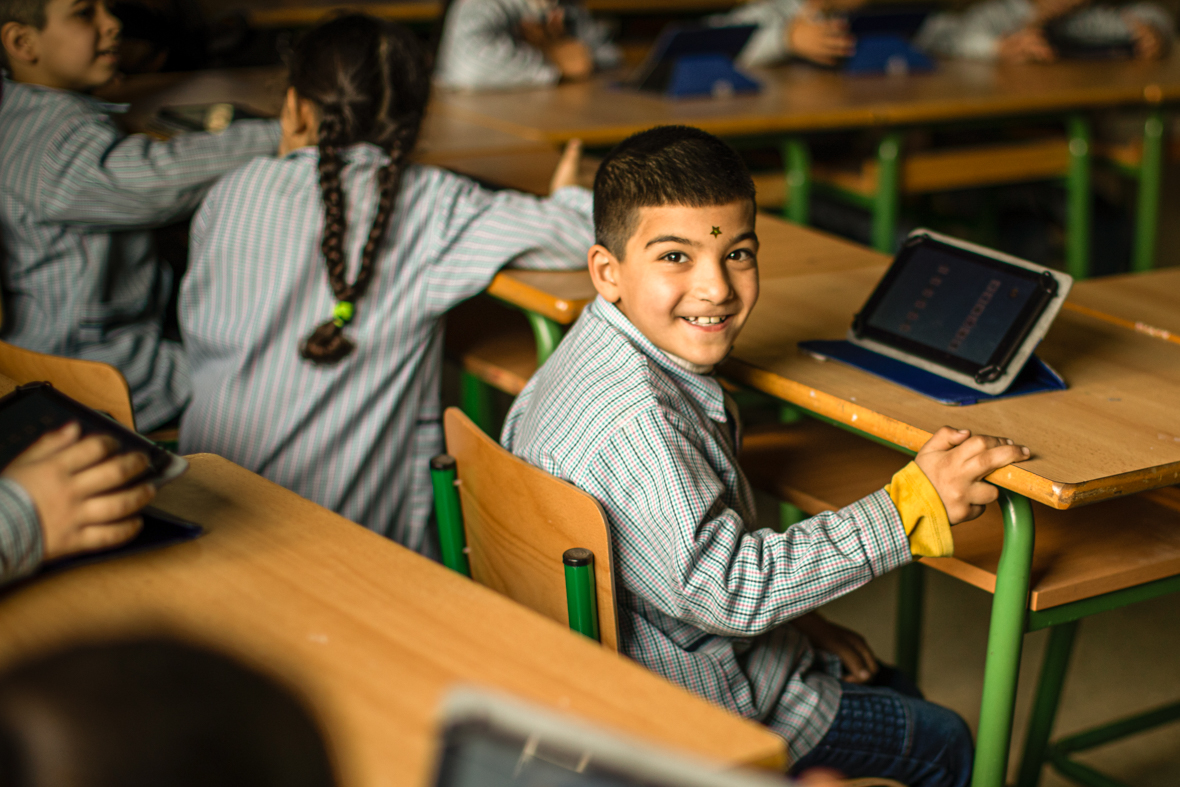
1%, 2%, 3%, snore? What numbers don’t tell us about helping vulnerable children
Education funding, Education in emergencies
Campaigning is awash with numbers – 50% of this, one-third of that, one in five of these and so many million of needed dollars and people affected by disaster or inaction – that sometimes the flood can numb our brains as we try to understand the issues and the people who face injustice and tragedy.
But the numbers – the gaps, the specifics about how much, where and who – are critical. Good evidence is a precursor for the right kind of action – action that is targeted, effective, equitable and just.
It is nice when the numbers actually make things less complicated – when the case is so crystal clear through one or two numbers that no further explanation or message is necessary. The numbers alone make the case for decisive action in one fell swoop.
Here’s an example:
- More than 50% of children who are out-of-school live in conflict and emergency settings
- Last year, only 1% of overall humanitarian aid (1) went to support education in these settings – only 2% of humanitarian appeals. (2)
What? Yes, it’s true. And between the 1% to 2%, it almost doesn’t matter does it? The bottom line is clear. The epicentre of the problem of vulnerable out-of-school children – viewed through the straightforward indicator of financing – is outrageously neglected.
A fund for education in emergencies is needed to get children back to school after conflicts and disasters like Nepal Picture: Plan International
1%, 2%. No matter how you look at it, it’s a ridiculous figure. A clear indication that we are not working hard enough for these children.
We know how having a safe place to play and continue learning provides hope, livesaving information and a return to normality and can later help rebuild the futures of children and families.
There is a great depth of more complex evidence on the various specific ways that education saves lives in the short and long-term. Yet, the actual provision of education in these settings – where it could be the difference between life and death – is the smallest whole number available (besides zero).
The political will and financing to ensure that education is prioritised alongside other life-saving and rebuilding interventions is clearly and starkly missing.
That is why A World at School is calling on leaders at the Oslo Summit on Education for Development to publicly commit to the creation of a fund for education in emergencies to protect the most vulnerable children and get them back in school.
The numbers have it. We almost can’t be doing worse. But we certainly have chance to do better.
(1) Overall humanitarian aid is defined as all aid designed to save lives and alleviate suffering due to crises and disasters. The definition is broad and what it includes varies by government, NGO, multilateral organisation, foundation and company.
(2) The Consolidated Appeals Process (CAP) is a tool used by humanitarian organisations to plan, implement and monitor their activities together. Strategies and funding appeals are produced to address specific emergencies and presented to the international community and donors.
More news

